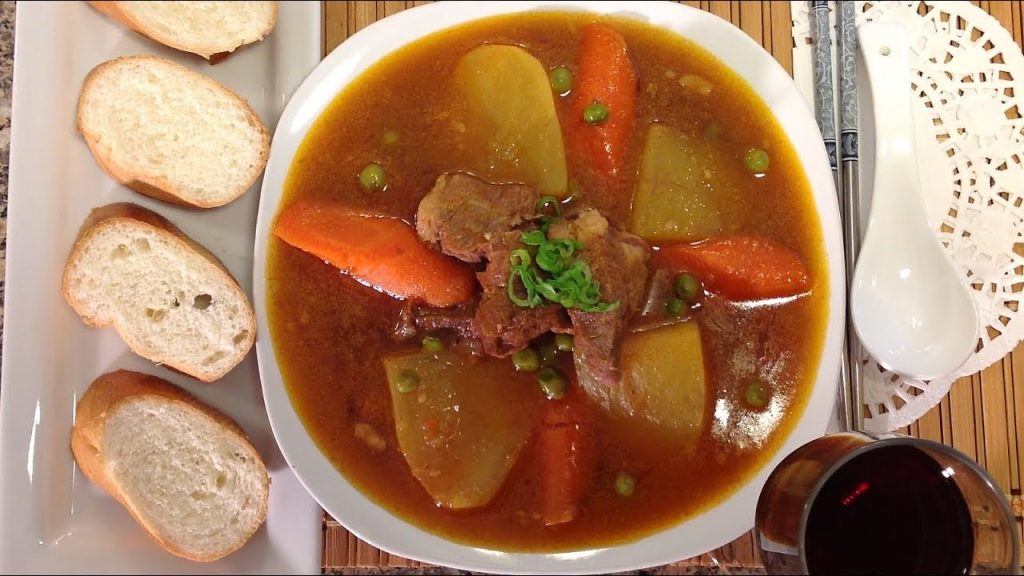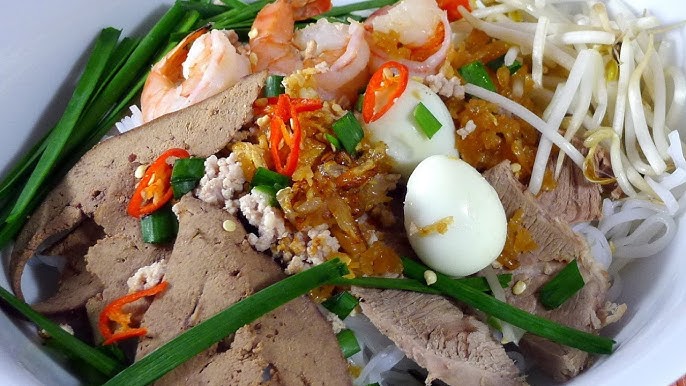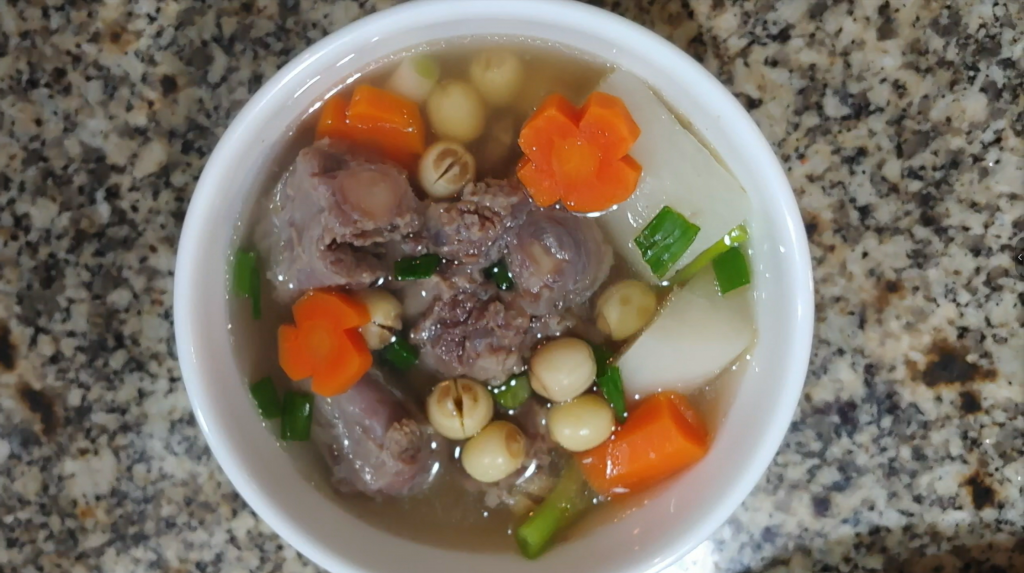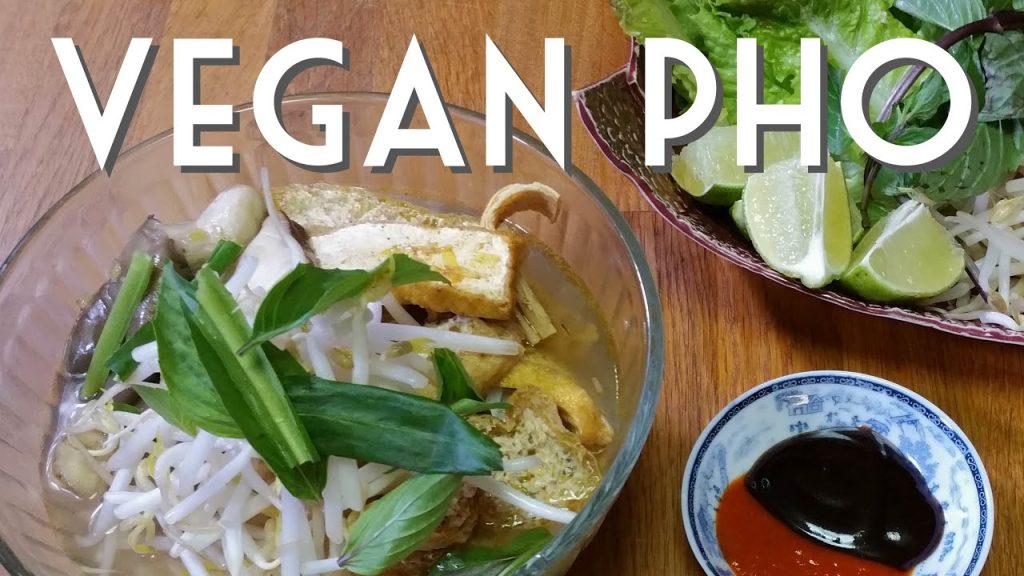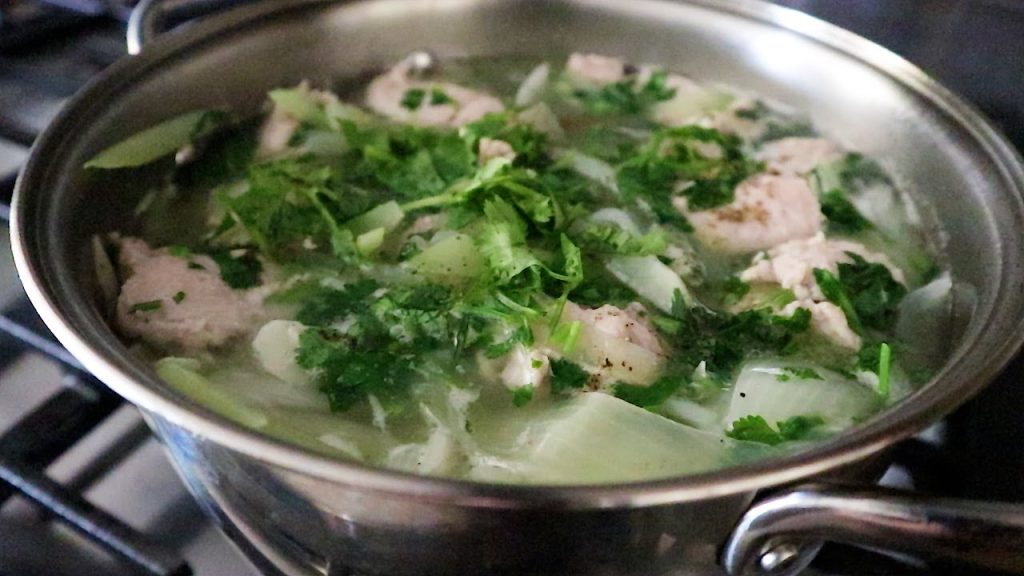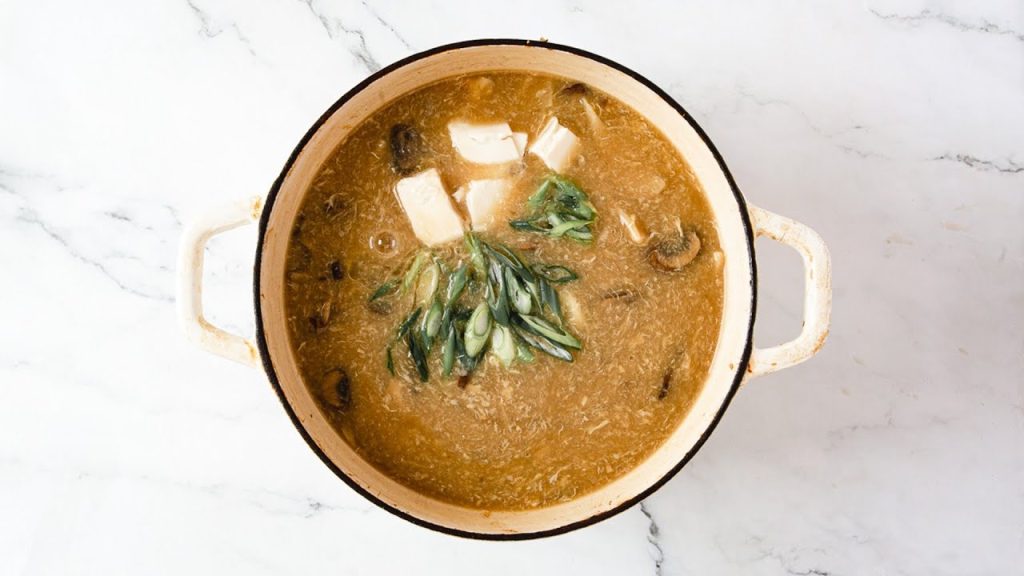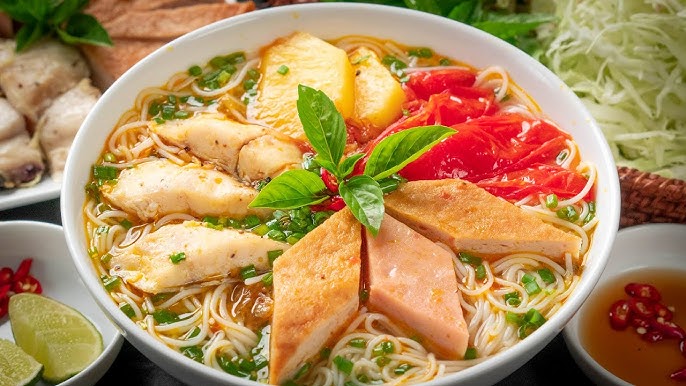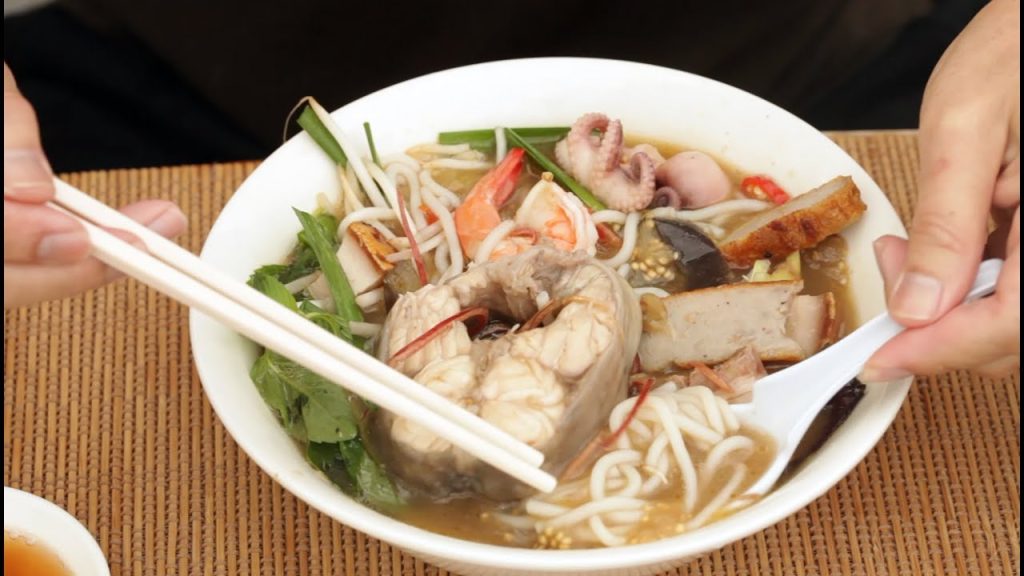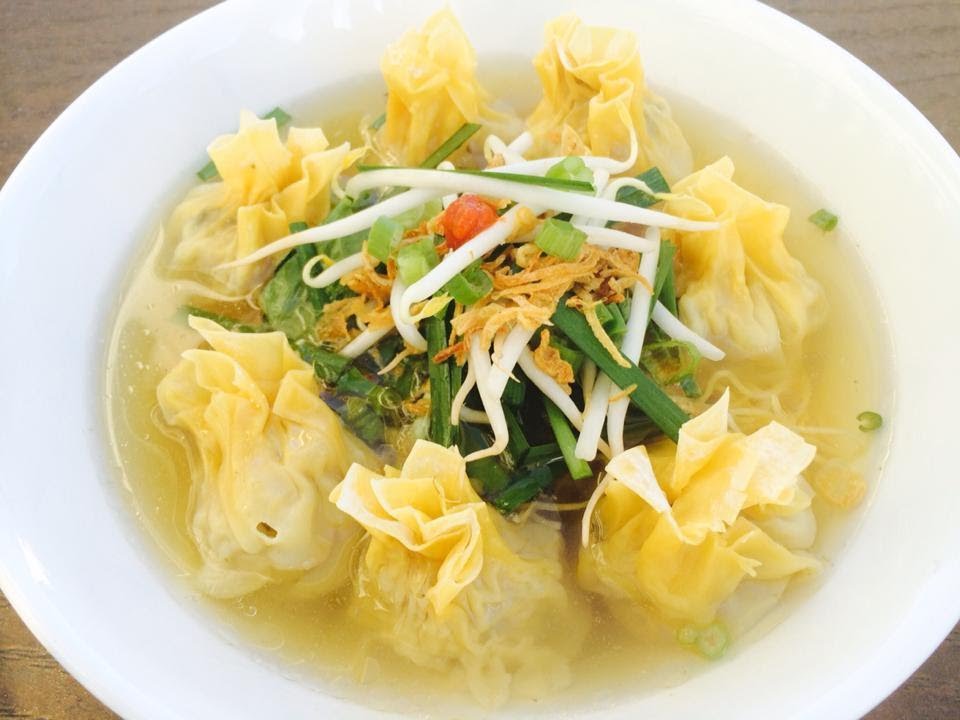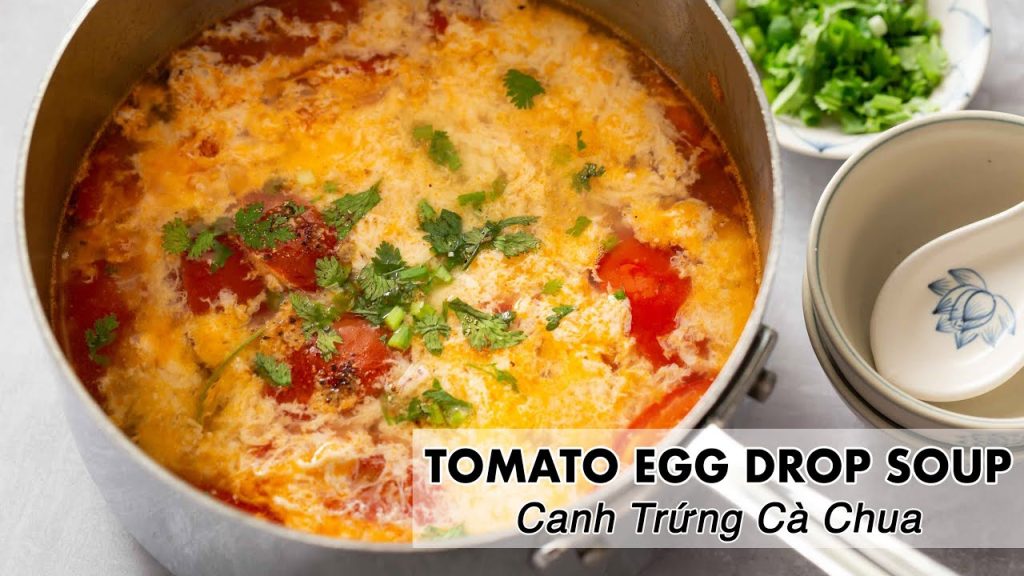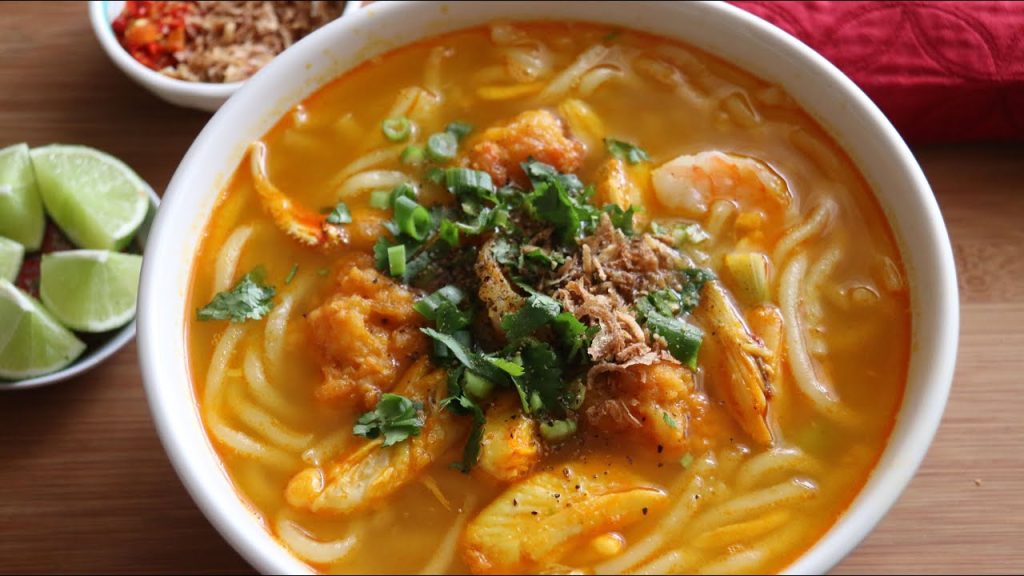Vietnam, a land of timeless traditions, vibrant cultures, and culinary masterpieces, offers an array of dishes that tantalize the taste buds and soothe the soul. Among these culinary jewels is the Black Chicken Soup Vietnamese , known locally as “Gà Hầm Thuốc Bắc” This unique soup stands out for its medicinal properties and its deep, complex flavors that embody the essence of Vietnamese cooking.
As you embark on this culinary journey, prepare to be enveloped by the aromatic herbs and spices that are the hallmark of this comforting soup. The Black Chicken Soup Vietnamese is not just a meal; it’s a cultural experience that reflects the harmonious balance between health and flavor that Vietnamese cuisine is celebrated for. Join us as we delve into the heartwarming world of this remarkable dish, where every sip is a testament to the rich culinary heritage of Vietnam.
Table content
- Overview of Black Chicken Soup Vietnamese
- What Is a Black Silkie Chicken?
- Cultural and Historical Background
- Health Benefits Of Black Chicken Soup Vietnamese
- Comparative Analysis with Other Traditional Soups
- Recipe Origins and Herbal Ingredients
- How To Cook Black Chicken Soup Vietnamese?
- Tips for Preparation and Serving
- Serving and Pairing Suggestions
- Storing and Making Ahead
- Conclusion: Black Chicken Soup Vietnamese
- Black Chicken Soup Vietnamese Recipe (Gà Hầm Thuốc Bắc)
Overview of Black Chicken Soup Vietnamese

Black chicken soup, commonly known as black silkie chicken soup, is a traditional dish found in both Vietnamese and Chinese cuisines. This soup features black-boned silkie chickens simmered with herbs and spices to produce a hearty broth.
While regular chicken soup provides comfort and nourishment, black chicken soup takes it a step further with its use of the black-boned silkie breed. The black bones are believed to add extra nutritional and medicinal value. Black chicken soup is often consumed by new mothers in Asia to regain strength and health postpartum. It is also given to the elderly and unwell due to its energizing and curative properties.
Beyond the nutritional aspect, black chicken soup holds cultural significance in Vietnam and China. Myths and folklore surround the silkie breed and black chicken soup recipes have been passed down through generations as family and regional traditions. The dish represents the importance of food as medicine in Asian culinary customs.
What Is a Black Silkie Chicken?
The key component that sets black chicken soup apart is the black-boned silkie breed used. Silkie chickens originated in China and later spread to other parts of Asia. They are named for their fluffy, silky plumage. But more distinctive is the black skin and bones, black beak, and black meat.
Unlike other chickens, silkies have black pigment throughout their tissue and bones. This is caused by hyperpigmentation resulting from excess melanin. Their meat is also darker than regular chicken. The black coloration extends to their organs as well.
In addition to the black skin and bones, silkies are known for their calm temperament, making them great pets and easy to handle. Their meat is valued for its tenderness and flavor. All of these qualities make them perfectly suited for simmering into a nourishing broth.
Cultural and Historical Background
The existence of black-boned chicken can be traced back centuries in China. In Vietnamese tradition, black chicken soup is linked to the legend of Âu Cơ. She was a Chinese princess who married King Lạc Long Quân and gave birth to 100 eggs from which 100 children hatched, establishing the first Vietnamese dynasty.
Black chicken soup remains ingrained in Vietnamese postpartum diet traditions. It is considered an essential dish for new mothers and women after giving birth. The nourishing broth aids in recovery and stimulates milk production. This medicinal significance stems from ancient Chinese philosophy around food and health.
In Chinese culture, black chicken soup has been used for centuries as a healing tonic. Traditional Chinese medicine classifies food by color and associates black with the kidneys. Black chicken soup is thought to nourish the kidneys, boost qi, and replenish blood. The kidneys play a vital role in overall health in Chinese medicine.
Health Benefits Of Black Chicken Soup Vietnamese
In general, bone broth made from chicken contains amino acids, minerals, vitamins, and collagen. Simmering the bones releases these nutrients into the broth, making it more nutritious than regular stock. Consuming bone broth has been associated with many health benefits including:
- Improved digestion and gut health
- Reduced inflammation and joint pain
- Boosted immune function and recovery from illness
- Increased energy and stamina
Black silkie chicken soup provides these same benefits but to an enhanced degree. The black pigment indicates higher mineral content locked inside the bones, especially iron, calcium, and phosphorus. When simmered for hours, these minerals and nutrients are extracted at higher levels.
According to traditional Chinese medicine, the kidneys govern growth, reproduction, and aging. Weak kidney energy can manifest in health issues like infertility, bone and joint problems, and developmental delays in children. TCM utilizes food therapy to nourish and strengthen the kidneys. The dark color of black chicken soup aligns with the kidneys as per the principles of TCM food therapy. Regular consumption is believed to reinforce kidney function and maintain overall wellbeing.
Comparative Analysis with Other Traditional Soups
While any bone broth offers health advantages, black chicken soup stands out for its exceptionally nourishing ingredients and rich history. Here is how it compares to other traditional soup varieties in Asia and beyond:
- Ingredients – Most chicken soups use regular chickens and do not contain black bones. The use of the silkie breed adds extra minerals not found in standard chicken bones. Other soup broths like beef and vegetable do not contain these same nutrients.
- Flavor – Black chicken soup strikes a balance between rich, savory, and mildly sweet. The silkie meat contributes a depth of flavor lacking in regular chicken soup. The goji berries and ginger amplify the sweetness.
- Medicinal Value – both Chinese medicine and Vietnamese postpartum traditions point to black chicken soup’s healing properties. Other soups may provide comfort but lack the direct medicinal associations.
- Popularity – Black chicken soup has sustained its importance for generations in China and Vietnam. While many soups enjoy regional preference, black chicken soup maintains broad cultural significance.
- Customization – Recipes can vary greatly by ingredients and technique. Families pass down their own versions denoting the versatility and personalization of black chicken soup.
Overall, no other soup can match black chicken soup for its combination of rich taste, nutritional density, and long-held cultural importance as a healing food.
Recipe Origins and Herbal Ingredients
While recipes for black chicken soup can vary, traditional versions share common origins and ingredients. Black chicken soup recipes likely originated centuries ago in China before spreading to Vietnam and the rest of Southeast Asia.
The quintessential method involves slowly simmering an entire black silkie chicken for at least an hour to extract the nutrients and collagen from the bones. This produces a rich, concentrated broth that forms the base. Herbal ingredients are then added that provide further health benefits and balance out the strong chicken flavors.
- Goji berries – also known as Chinese wolfberries, goji berries add Vitamin A and antioxidants.
- Ginger – provides a spicy kick and aids digestion. Also boosts circulation.
- Dried dates – balance the bitterness and add natural sweetness. Also contain iron.
- Dang shen – this Chinese herb, known as codonopsis, reinforces the qi and kidneys.
Additional medicinal ingredients like red dates, ginkgo nuts, and cured ham are also popular additions. The herbs work synergistically to enhance the soup’s therapeutic and restorative properties.
How To Cook Black Chicken Soup Vietnamese?
Follow these steps to make traditional Black Chicken Soup Vietnamese at home:
Ingredients
- 1 small whole black silkie chicken (about 1-1.5 lbs)
- 8 cups water
- 1 inch knob of ginger, sliced
- 5 red dates
- 10 g dried goji berries
- 2 tbsp Shaoxing wine
- 1 tbsp sesame oil
- Salt and white pepper to taste
- Green onions, cilantro or parsley for garnish
Instructions
- Rinse the black chicken under running water and pat dry. Place the chicken in a pot or slow cooker.
- Add the water, ginger, red dates, goji berries, Shaoxing wine, and sesame oil. Season lightly with salt and white pepper.
- Bring the pot to a boil. Then turn down heat to low, cover pot, and simmer for 1.5-2 hours. Check periodically and skim any scum off the top.
- After 1.5-2 hours, turn off heat and transfer the chicken to a chopping board. Allow to cool before handling.
- Once cool enough to handle, remove and shred the chicken meat from the bones. Discard the carcass and bones.
- Return the shredded chicken meat to the pot of broth. Adjust seasoning if desired. Continue simmering on low for 20-30 minutes.
- To serve, ladle the soup into bowls and garnish with chopped green onions, cilantro or parsley. Enjoy the nourishing soup!
Soup will keep refrigerated for up to 5 days or frozen for 4-6 months.
Nutrition Per Serving:
Calories: 250, Total Fat: 14g, Cholesterol: 125mg, Sodium: 200mg, Carbs: 2g, Protein: 17g
Tips for Preparation and Serving
- Choose the freshest black silkie chicken available. Look for glossy black feathers.
- Simmer the broth as long as possible to extract the most nutrients. At least 1.5 hours, up to 4 hours.
- Skimming the scum ensures clarity. However, the broth can be strained after cooking if needed.
- Add any preferred Chinese herbs like dang shen or ginkgo nuts during simmering.
- For extra richness, return the chicken meat along with shredded cured ham.
- Adjust seasoning later in the process once the flavors meld. The broth should taste well-balanced.
- Garnish with chopped green onion, cilantro, or parsley to add freshness.
- Can be enjoyed on its own or with side dishes like rice, vegetables, or pork dumplings.
Serving and Pairing Suggestions

Black Chicken Soup Vietnamese makes for a well-rounded meal on its own, especially when served with sides that complement its rich, savory flavor:
- Steamed jasmine rice or congee
- Sautéed bok choy or choy sum
- Pork or shrimp dumplings
- Soft boiled eggs with soy sauce
- Pickled vegetables like daikon radish
The soup also pairs well with beverages like chrysanthemum tea, white wine, or chinese yellow wine. The floral, aromatic flavors offset the strong chicken broth.
For easy weekday meals, ladle the black chicken soup over cooked rice noodles or udon noodles. Top with shredded chicken, fresh herbs, bean sprouts, lime wedges, and chili sauce.
Storing and Making Ahead
Black chicken soup stores well for multiple meals. Here are some tips:
- Let cool completely before refrigerating. Transfer to airtight containers.
- Soup will keep fresh in the fridge for up to 5 days. Reheat gently before serving.
- Freeze in smaller portions for lasting use. Thaw overnight in the refrigerator before reheating.
- The broth freezes especially well. Reserve chicken meat for adding during reheating.
- Cook a large batch of broth alone to have on hand. Shred chicken as needed.
Pre-made broth and shredded meat also work well for quick soup assembly later on. Simply reheat, combine, and add any herbs or garnishes desired.
Conclusion: Black Chicken Soup Vietnamese
Black silkie chicken soup is a centuries-old curative dish that embodies the medicinal culinary heritage of China and Vietnam. Simmering the black-boned chicken produces a mineral-rich, collagen-dense broth with unique flavor and health properties. The addition of ginger, goji berries, and traditional herbs makes the soup an incredibly nourishing meal or restorative tonic. Given its long history and cultural significance, black chicken soup is a warming and comforting dish well worth exploring.

Ingredients
- Main Ingredients:
- 1 whole chicken (around 2-3 lbs), cut into pieces (or a combination of dark and white meat)
- Vietnamese Herbs (typical, variations exist):
- 3-4 astragalus root slices (optional)
- 3-4 goji berries
- 3-4 red dates, pitted (jujubes)
- 2-3 slices of dried longan (optional)
- 1-2 pieces of dried rehmannia root (optional)
- A handful of wolfberries (goji berries)
- Small piece of angelica root (optional)
- Small piece of licorice root (optional)
- Other Ingredients:
- Aromatics (optional): Shallots or onions (whole or chopped)
- Ginger (whole or sliced)
- Garlic (whole cloves)
- Salt and black pepper to taste
- Water
- Optional additions:
- Yellow rock sugar or honey (to taste)
- Dried mushrooms (soaked and sliced)
Instructions
- Prepare the Chicken: Rinse the chicken pieces thoroughly. You can leave the skin on or remove it according to your preference.
- Blanch the Chicken (Optional): In a large pot, bring water to a boil. Add the chicken pieces and blanch for 2-3 minutes. Remove the chicken with a slotted spoon and rinse under cold water. This step helps remove impurities and excess fat.
- Prepare the Herbs (if using): Rinse any dried herbs or medicinal ingredients.
- Simmering Method 1 - Stovetop:
- In a large pot, combine the chicken pieces, rinsed herbs (if using), aromatics (optional), ginger, garlic, and water.
- Bring to a boil, then reduce heat and simmer for 1-2 hours, or until the chicken is cooked through and tender.
- Season the broth with salt and black pepper to taste. You can also add yellow rock sugar or honey for a touch of sweetness (optional).
- Simmering Method 2 - Slow Cooker:
- Combine all ingredients (chicken, herbs, aromatics, water) in a slow cooker.
- Cook on low for 6-8 hours, or on high for 3-4 hours, or until the chicken is tender.
- Serve: Ladle the soup into bowls. Strain if desired to remove the herbs and aromatics. Garnish with chopped fresh herbs (optional) and enjoy hot.
Notes
- Choosing Herbs: The specific Vietnamese herbs used can vary depending on preference and availability. Some recipes may omit certain herbs or include additional ones.
- Adjusting Cooking Time: Cooking time can vary depending on the size and cut of chicken pieces and the chosen cooking method.
- Leftovers: Store leftover soup in an airtight container in the refrigerator for up to 3 days. Reheat gently on the stovetop.
- Substitutions: You can substitute chicken with other proteins like duck, pork, or even tofu for a vegetarian option.
- Nutritional Value: The exact nutritional content will vary depending on the ingredients used. However, this soup is generally considered a healthy and nutritious dish due to the use of lean protein and various beneficial herbs.
Nutrition Facts
Black Chicken Soup Vietnamese Recipe (Gà Hầm Thuốc Bắc)
Serves: 4-6 servings
|
Amount Per Serving: 1 cup
|
||
|---|---|---|
| Calories | 250-400 | |
| % Daily Value* | ||
| Total Fat 10-20 g | 15.4% | |
| Saturated Fat 3-5 g | 15% | |
| Trans Fat 0 g | ||
| Cholesterol 70-100 mg | 23.3% | |
| Sodium 400-800 mg | 16.7% | |
| Total Carbohydrate 5-10 g | 1.7% | |
| Dietary Fiber 1-2 g | 4% | |
| Sugars 2-5 g | ||
| Protein 20-30 g | ||
| Vitamin A Low | Vitamin C Low | |
| Calcium 30-50 mg | Iron 2-4 mg | |
* Percent Daily Values are based on a 2,000 calorie diet. Your daily values may be higher or lower depending on your calorie needs.
Vietnamese food recipe

Hello! I’m Christine Ha – a food nerd in love with eating, cooking, photography, science, and culture.
Vietnamese food was always on the table when I was a kid, but I didn’t really care for it until my late teens (what a waste!). I was a super picky eater and mostly just wanted fast food. Somewhere down the line I flipped a switch, and now home-cooked food is something I appreciate so much more. ⮕About me






